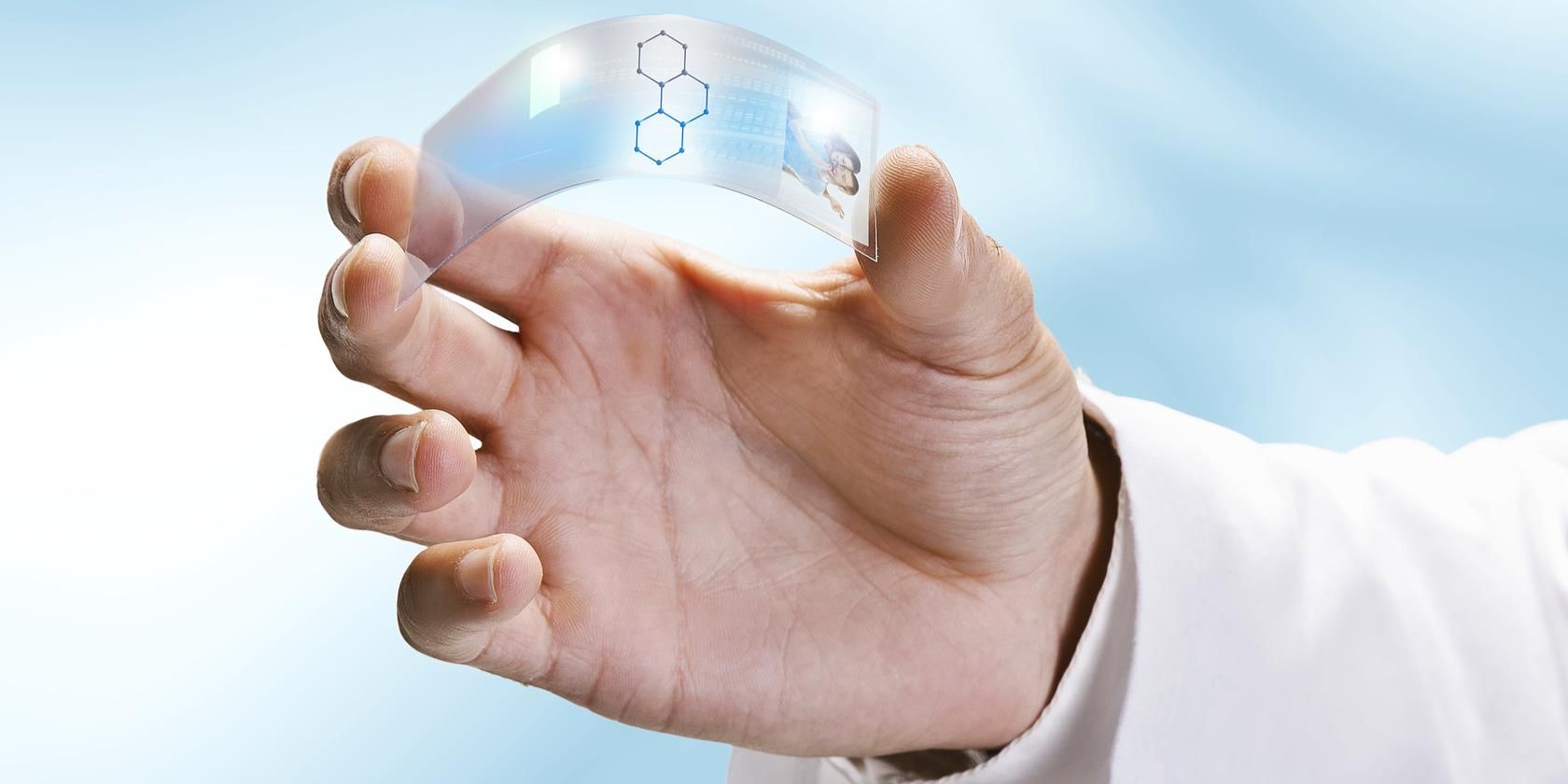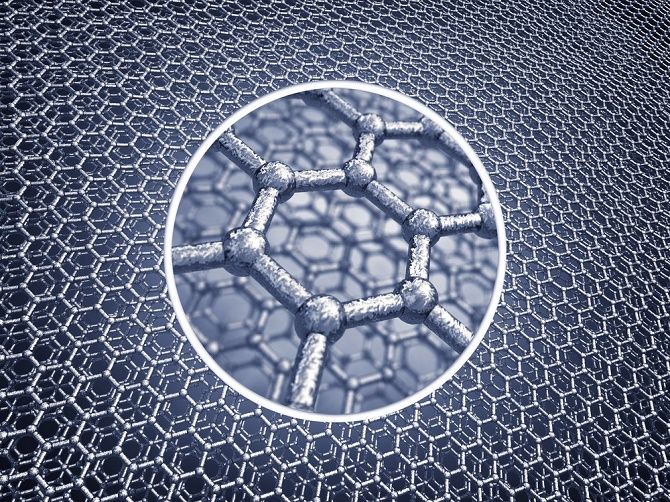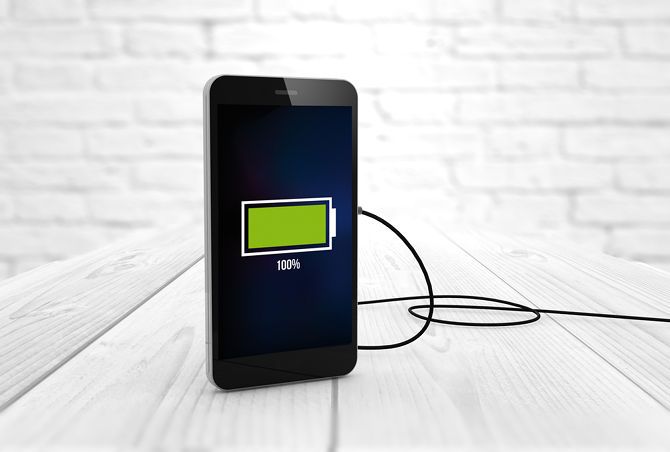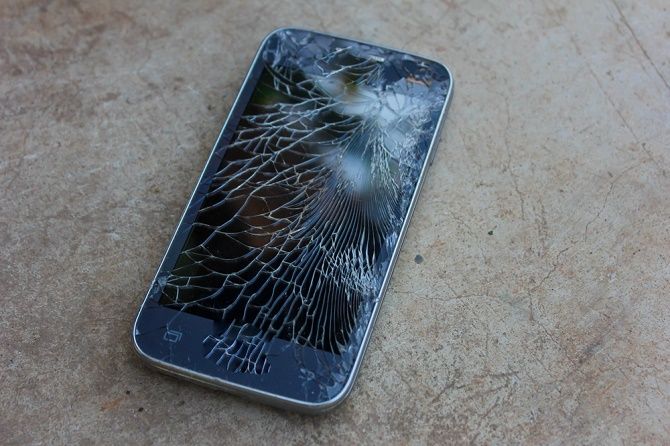For the last few years, graphene has been something of a buzzword: a new material with remarkable properties promising to revolutionize everything about our lives. But is it all empty hype? What exactly is graphene and what can we really expect from it?
Graphene is an unusual form of one of the most common elements on the planet (carbon) and was discovered and synthesized in the University of Manchester way back in 2004. It consists of many sheets of carbon, each sheet just a single atom thick, all arranged in a hexagonal lattice.
And because of this, it has all sorts of interesting and unexpected properties. For example, graphene is about 200 times stronger than steel and six times lighter. It conducts heat and electricity and is extremely light-sensitive while being almost completely transparent.
Since its discovery, scientists and engineers have been busy looking for practical ways to use this extraordinary material. The list of possibilities is almost endless, but here are some of the places you can expect to see graphene making a difference in your life soon enough.
1. Computer Chips
For a while we've seen computer chips follow Moore's Law, meaning that they double in power approximately every 18 months or so, but we're now approaching the limits of how small silicon transistors can be made. At this rate, Moore's Law will no longer be true going forward.
But research is underway to see how graphene can be used in combination with silicon to produce faster, smaller, and less energy-intensive processors. IBM has invested $3 billion into graphene research and expects to have a working graphene processor on the market by 2019.
In the best-case scenario, chips including graphene have the potential to be orders of magnitude faster than traditional silicon chips, so a breakthrough here could be incredible for the computing world.
2. Batteries
We're utterly dependent on batteries in this current age of smartphones and other portable electronics, and so we're always looking for ways to make them last longer. Graphene shows a lot of promise in this area.
Samsung reported some success with increasing battery capacity by incorporating graphene into Lithium-ion batteries, and along similar lines, Dongxu unveiled what it says is the world's first graphene battery pack. Dongxu claims that its 4,800 mAh battery can fully charge within 15 minutes. It's unclear at this point when it will be available for purchase.
Whether or not these products ever hit the market, the potential for graphene in batteries is nothing short of astonishing. If it is ever fully realized, it may be one of the most revolutionary developments to happen in decades. Graphene supercapacitor batteries have the potential to last five times as long as similarly-sized Lithium-ion batteries and recharge in a fraction of the time.
Plus, unlike Lithium-ion batteries, they are non-toxic and have no at risk of exploding.
With graphene supercapacitors, smartphones could last a week or more on a single charge, and electric cars would have improved ranges that could rival the internal combustion engine. When they do need to be recharged, the process would take seconds or minutes rather than hours, which is great news because charging limits are a big obstacle in the widespread adoption of electric vehicles.
3. Printed Electronics
Graphene can be printed onto paper (or other materials) and, if in the form of a circuit, can be read by RFID readers. Tickets, boarding passes, and so on are the most obvious immediate uses of such technology, but there is no end to the possibilities. Wearable electronics, flexible sensors and screens, and even electronic tattoos may all become commonplace in the near future.
4. Camera Sensors
Graphene is a lot more sensitive to light than the silicon currently used in the imaging sensors of digital cameras. This opens up the possibility of better cameras that work well in low-light conditions, which is great news for pretty much all photographers and videographers. (Nokia is even working on a smartphone that will have a graphene-based camera sensor that promises to be less energy-intensive and much cheaper than current cameras.)
The high transparency of graphene -- it lets about 97.7 percent of light through -- also opens up the potential for 3D cameras and for cameras where image focus can be adjusted later. Multiple layers of graphene can be arranged so that images can be captured with a variety of focus points, and focus can be adjusted after the photo is taken.
5. Improved Speakers
The speakers we use today rely on mechanical parts that vibrate to create sound. This means that there needs to be enough physical space for those parts to move around, and that limits how small speakers can be and where speakers can be placed.
Researchers in Korea have used the principle of thermoacoustics -- producing sound by rapidly heating and cooling a material -- to make speakers from a graphene aerogel that are thin and don't vibrate. Such speakers would be ideal for mobile devices and could easily be installed in walls or flatscreen TVs as well.
There's no sign of a product coming to market any time soon, but it's an exciting advancement with a lot of potential to transform the world of sound.
6. Stronger Touchscreens
Because graphene is almost completely transparent, it can be used on glass, and one potential use is to strengthen the touchscreens on our smartphones.
Graphene is stronger than diamond and a screen coated with it would be almost indestructible -- or at least wouldn't break when it slips out of your hand. Toughened glass has multiple other uses, of course, and the other properties of graphene mean that smart windows and windshields are real possibilities as well.
Graphene also holds the promise of flexible screens that will bend rather than break. In the meantime, there are a few things you can do if your phone's screen breaks.
7. Sporting Equipment
Graphene is extremely light and extremely strong, two properties which are highly desirable in sporting equipment, and in most sports, any weight that gets shaved off of equipment equates to a competitive advantage. Cycling is the most obvious, where high-end bikes already use lightweight carbon fiber.
Graphene combined judiciously with carbon fiber can lower the weight even further while maintaining strength. Dassi, a U.K. company, has produced a bike frame containing graphene that weighs a mere 750 grams and hopes to get that down to 350 grams in the near future.
But you can also imagine how this might trickle into various areas of the tech world, where users are constantly wowed by the next phone, laptop, or camera that's stronger, lighter, and thinner than the ones before. And if graphene production proves to be cheaper, even better.
Graphene and the Future
The above are just some of the possible uses of graphene, the ones you're most likely to have in your hands in the near future, but there's also a wide range of potential industrial and medical uses that could be equally revolutionary.
It remains to be seen whether graphene will live up to the high expectations that we've placed on it. It may be that some production problems remain insurmountable or that the costs make some of the above uses impractical, but if even a fraction of its potential can be realized, it will revolutionize the world we live in.
Do you expect to see graphene products on the market soon? What applications excite you the most? Please let us know in the comments section below.
Image Credit: BONNINSTUDIO via Shutterstock.com





